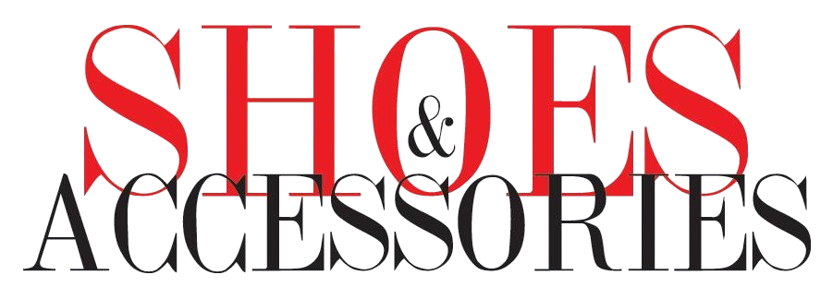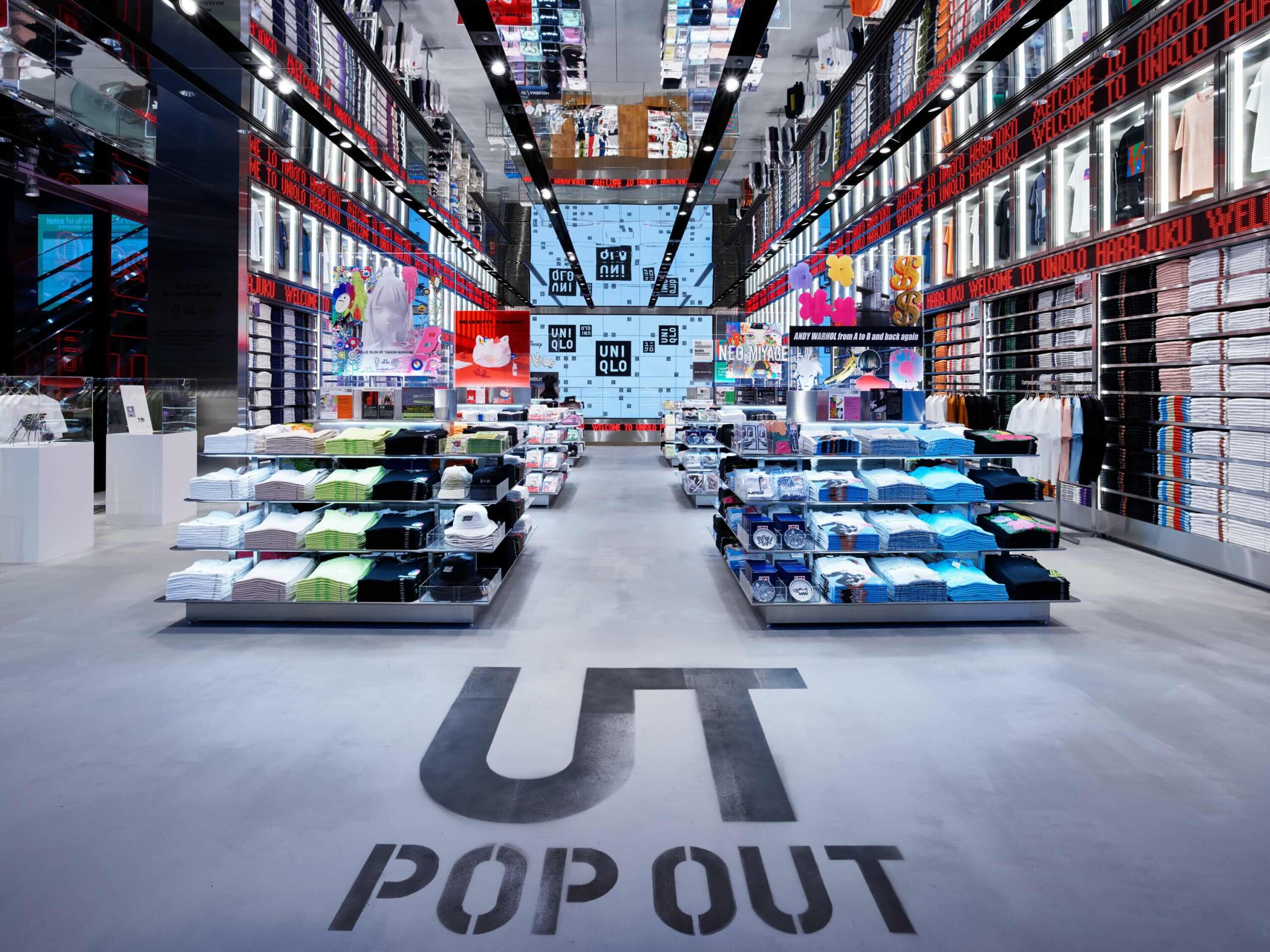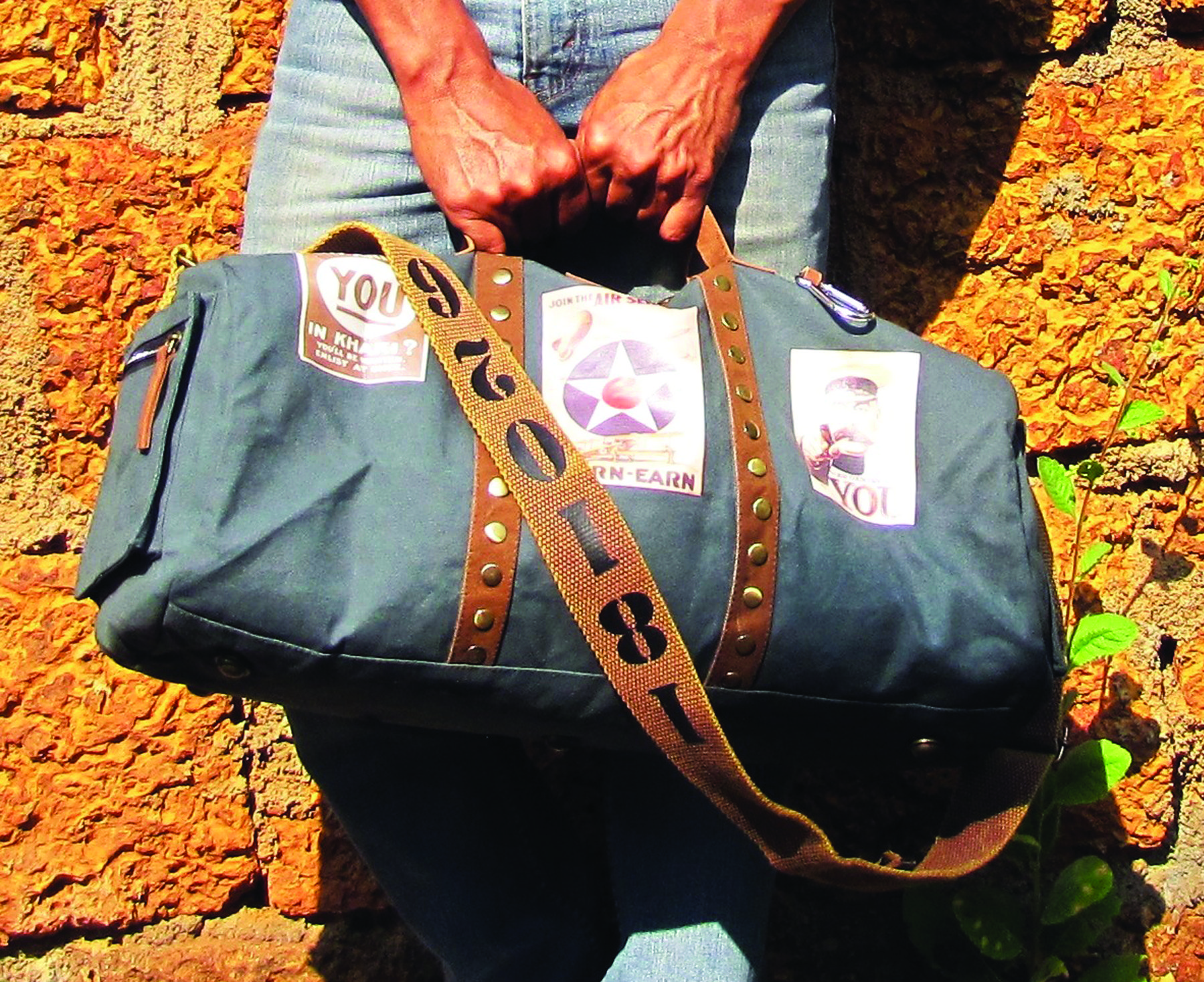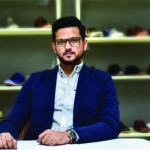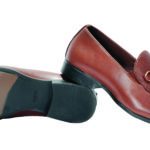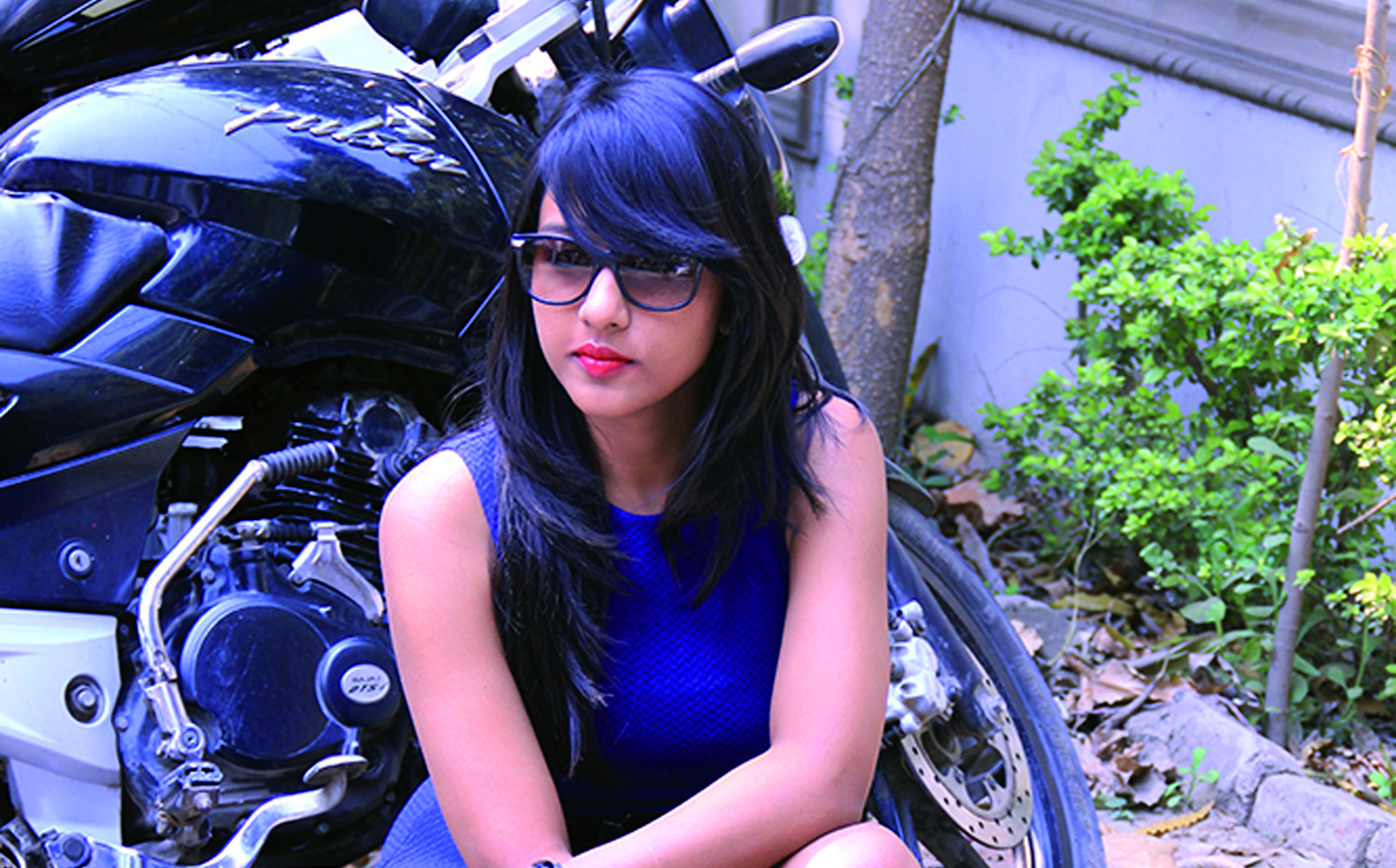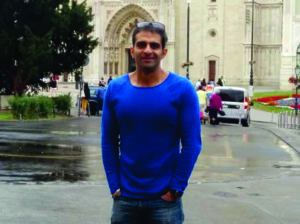
The House of Tara carries a definite signature which can be identifiable with boho chic prints, use of retro prints in its various travel collections also not limiting itself there and exploring the executive laptop bag section with the use of genuine leather and specially treated canvas. Started in 2012, it has made steady rise in capturing its targeted audience. In an exclusive interview with S&A’s Bobo Meitei, the brand’s Founder and Director Vandit Sunil Aneja said, our inspirations are fluid and often come from various travelling experiences by observing nature, traditional events/festivals, varied local and ethnic cultures etc.
How the idea of The House of Tara was born?
The House of Tara, the brand in the Indian fashion retail industry, started operations in October, 2012 with an idea to aspire our Indian audience with playful fashion that has elegance and high finishing; in sync with international quality standard. Started by a team which has approximately 20-year-plus experience catering to international market demands through various export partners Cost Plus World Market – USA; Guess – Italy; Max Mara – Italy; Anthropologies – USA to name a few. ‘The House of Tara’ showcases designs that are fun, easily wearable with great utility and offer world class quality to meet our home grown demands and aspirations.
How is the brand positioned today in the Indian market?
The House of Tara has made steady rise in capturing its targeted audience. It carries a definite signature which can be identifiable with boho chic prints, use of retro prints in its various travel collections also not limiting itself there and exploring the executive laptop bag section with the use of genuine leather and specially treated canvas. 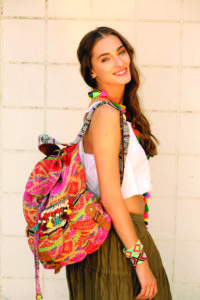 The House of Tara has carved its own niche by regularly introducing new products in different categories of luggage and handbags thereby giving its audience abundant quality choices at affordable prices. The key is to distinguish itself with high quality products and also at the same time be price sensitive especially when catering to domestic audiences. This aspect poses a real challenge; but with existing control on materials, supplies and manufacturing knowledge and capabilities we more often than not attract our prospective customers to an eventual purchase. We have a strong focus on this product centric pull strategy as our biggest marketing tool and would rather avoid in your face advertising and marketing channels.
The House of Tara has carved its own niche by regularly introducing new products in different categories of luggage and handbags thereby giving its audience abundant quality choices at affordable prices. The key is to distinguish itself with high quality products and also at the same time be price sensitive especially when catering to domestic audiences. This aspect poses a real challenge; but with existing control on materials, supplies and manufacturing knowledge and capabilities we more often than not attract our prospective customers to an eventual purchase. We have a strong focus on this product centric pull strategy as our biggest marketing tool and would rather avoid in your face advertising and marketing channels.
What set the brand apart?
Our endeavor has always been to excel as a design and manufacturing hub. Our inspirations are fluid and often come from various travelling experiences by observing nature, traditional events/festivals, varied local and ethnic cultures etc. Our ideas are then evaluated with the balance of desirability with respect to fashion sensibilities, feasibility as in material procurement and our manufacturing technology to curate a viable fashion statement. 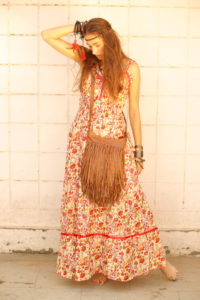 Post our initial sample creation with the design brief, the same is tested in the market for its utility to attract the target audience. Only after passing all market analysis and corrections it is lovingly presented to you. Attention to finest of the detail is our bad habit. We are always pushing our boundaries by exploring fresh design elements and use of indigenous materials. This more often than not, helps us to present an article which is not only attractive but vastly different from existing products, thereby reinforcing our unique identity and signature.
Post our initial sample creation with the design brief, the same is tested in the market for its utility to attract the target audience. Only after passing all market analysis and corrections it is lovingly presented to you. Attention to finest of the detail is our bad habit. We are always pushing our boundaries by exploring fresh design elements and use of indigenous materials. This more often than not, helps us to present an article which is not only attractive but vastly different from existing products, thereby reinforcing our unique identity and signature.
Explain the product portfolio The House of Tara has been offering?
We have plethora of designs with our product lines catering to various design sensibilities. We offer complete range of fashion and utility hand bags starting from travel collection in backpacks, messenger bags, duffles to laptop bags, sling bags, totes and clutches. Through our flagship store in Good Earth City Centre Mall, Sector 50, Gurugram we have also introduced various fashion accessories in pendants, bracelets, necklaces, earrings, barefoot sandals. 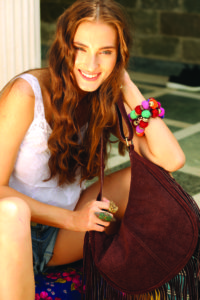 Also in the store we have various home-décor/furnishings products in dream catchers, thangka paintings, wall hangings and cushions and floor cushions made of various materials like jute, canvas, silk and durries.
Also in the store we have various home-décor/furnishings products in dream catchers, thangka paintings, wall hangings and cushions and floor cushions made of various materials like jute, canvas, silk and durries.
Kindly discuss your retail strategy you have adopted for the Indian market? How important is the omni approach for the brand?
As mentioned previously we have a strong focus on product centric pull strategy as our biggest marketing tool and customer acquisition strategy. We regularly introduce new products across categories to display our width and depth to buyers. This not only shows seriousness of the brand to cater to ever demanding domestic market but also reinforces the whole concept of “Make In India” which we believe is the ethos of The House of Tara.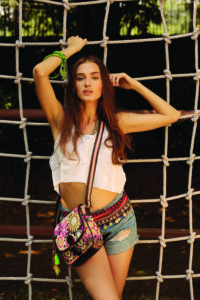
For us the above product first strategy works whether the selling medium is online or offline through retail outlets. The more the customer is engaged with the brand and its product whether on a laptop/mobile/tablet or in a store the more chances there are for an eventual purchase and repeated buying as well.
Along with new product introductions, in offline retail we would like to expand through wholly owned stores with the right size to display our width and depth of collections and also geographically located in areas where we feel we can provide something new and add value to the current retail presence. We are also open to exclusive franchise options.
In what segments of the Indian market are the brand’s products enjoying strong demand? If there are, why? What new markets are you planning to target?
Historically within luggage and handbags we have seen great rise in backpacks, travel duffle/gym bags and messenger/laptop bags category. We see a lot of interest being expressed by travel junkies, buyers attracted by products made from indigenous fabrics in traditional rabari, cotton handlooms and also by buyers who can identify themselves with our definite signature of boho chic prints and use of retro prints.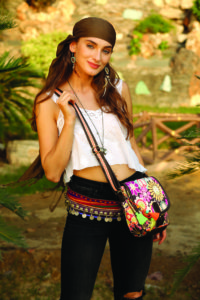 Within our store we observe a lot of interest in our fashion accessories like pendants, bracelets, necklaces, earrings, barefoot sandals and also our range of dream catchers. Next project that we are lining ourselves in is the entry in ladies’ garment. We understand the competition within this segment and have been doing our initial feasibility studies on the same.
Within our store we observe a lot of interest in our fashion accessories like pendants, bracelets, necklaces, earrings, barefoot sandals and also our range of dream catchers. Next project that we are lining ourselves in is the entry in ladies’ garment. We understand the competition within this segment and have been doing our initial feasibility studies on the same.
It is understood that retail space scarcity as well as high rental cost has deterred several brands from expanding their retail presence. What is your experience?
From starting our first pop up store in Ansal Plaza, Delhi to our first flagship store in Gurgaon, it has been a great learning curve for us to understand the nuances of offline retail. Surely high rental and maintenance costs are a big deterrent for a relatively new brand like ours especially if there are multiple categories and multiple products across fashion and home spectrum to be displayed. Correspondingly a large covered area is required for display purposes thereby increasing the rent. But since we manufacture all our designs and products and are not a traditional trader retailer, we lower down our cost of inventory greatly thereby giving us the leverage to cover our costs and also be price competitive.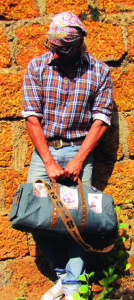
Keeping our idea of large wholly owned stores and current rental rates; we are aware that offline growth in retail chains would be slow and steady. The idea is to make each individual store as a profit center and being essentially a manufacturer starts us in the right direction.
Share with us some of the major challenges you have been experiencing?
Retail has essentially been an unorganized sector mainly across its supply chain. Demonetization and implementation of GST regime in 2017 had a negative impact on the retail ancillary units like printers, fabric manufacturers, dyers, leather manufacturers etc. 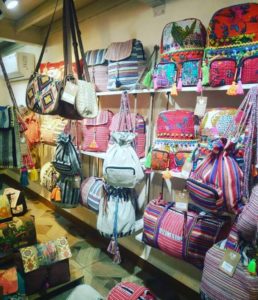 Continuous retail policy flip flop has made the recovery slow with less consumer demand as compared to previous years. The cost of production has increased dramatically across raw material procurement to salaries. So, in order to maintain quality and remain competitive eventually we have had to lower our bottom line margins.
Continuous retail policy flip flop has made the recovery slow with less consumer demand as compared to previous years. The cost of production has increased dramatically across raw material procurement to salaries. So, in order to maintain quality and remain competitive eventually we have had to lower our bottom line margins.
The current retail scenario is not of an expansion but that of a consolidation.
How hopeful are you about the Indian handbag industry and what growth figure are you eyeing?
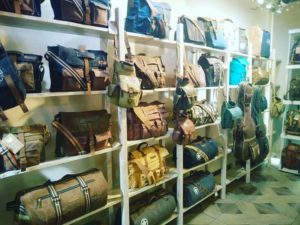 Not specifically mentioning any figures; but we are extremely hopeful of a swift increase in demand in fashion related products considering the size, average age and demography of India population and its present day aspirational demands. The key as mentioned before is to present quality centric product valued correctly. Buyers are looking for differentiated product and offerings and this would be the underlying trend in the future. The market is big enough to accommodate a host of differentiated players. So invest in product and generate buyer interest.
Not specifically mentioning any figures; but we are extremely hopeful of a swift increase in demand in fashion related products considering the size, average age and demography of India population and its present day aspirational demands. The key as mentioned before is to present quality centric product valued correctly. Buyers are looking for differentiated product and offerings and this would be the underlying trend in the future. The market is big enough to accommodate a host of differentiated players. So invest in product and generate buyer interest.



